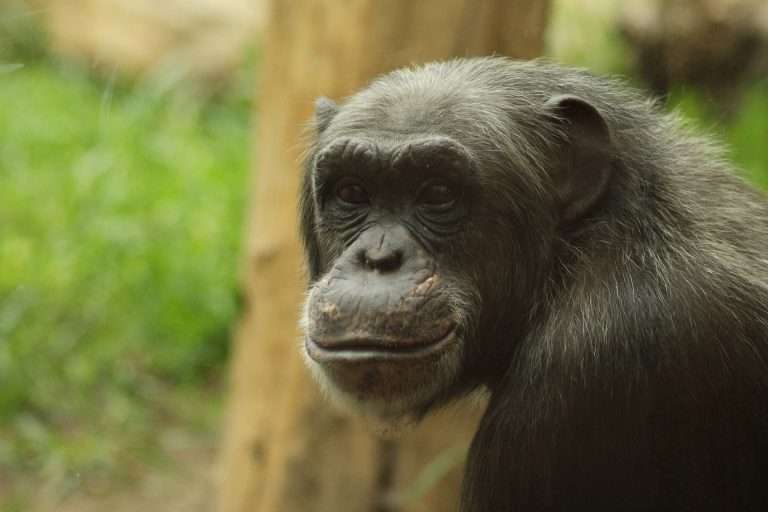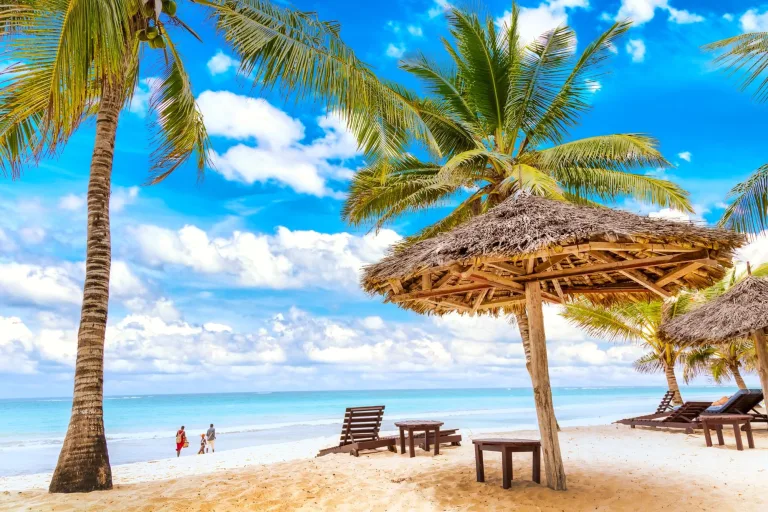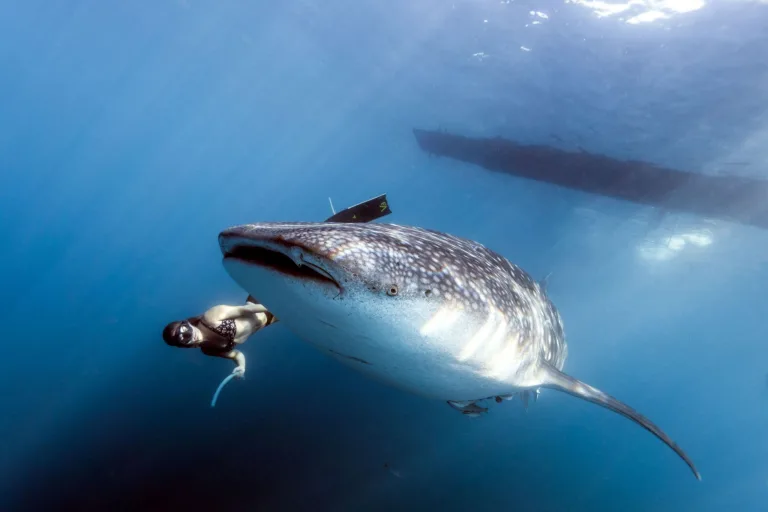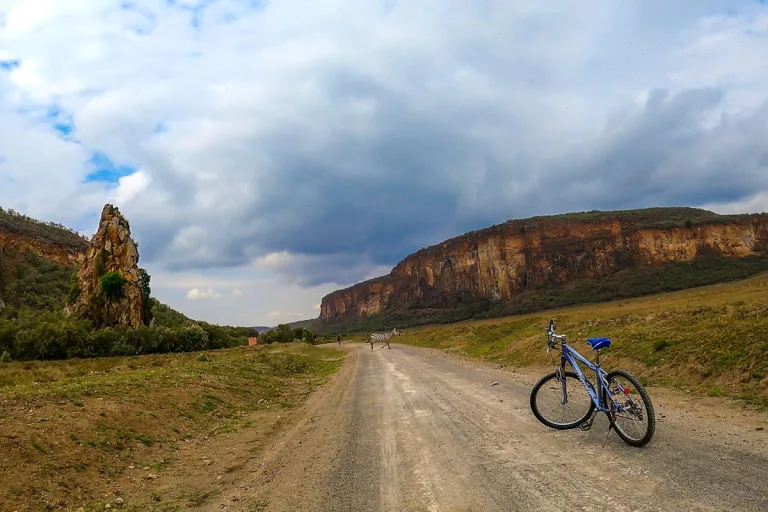- Home
- Destination
- Safaris
- Kenya
- 10 Days around Mount Kenya
- 7 Days Great Rift Bike Safari
- 7 Days Best of Birding Safari
- 7 Days Lake Turkana Safari
- 13 Days Kenya’s Historic Railway
- 14 Days Kenya’s Rift Valley Lakes
- 8 Days at the Beautiful Diani Beach
- 8 Days South Coast & Tsavo East
- 12 Days Photographic Safari
- 10 Days Beach Safari from Diani to Lamu
- 8 Days Kenya Horizon
- 12 Days Across Kenya
- 10 Days Flying Safari Amboseli and Northern Kenya
- Tanzania
- Uganda
- Rwanda
- Special Offers
- Kenya
- About us
- Sustainability
- Holiday Homes
- Gallery
- Blog
- Home
- Destination
- Safaris
- Kenya
- 10 Days around Mount Kenya
- 7 Days Great Rift Bike Safari
- 7 Days Best of Birding Safari
- 7 Days Lake Turkana Safari
- 13 Days Kenya’s Historic Railway
- 14 Days Kenya’s Rift Valley Lakes
- 8 Days at the Beautiful Diani Beach
- 8 Days South Coast & Tsavo East
- 12 Days Photographic Safari
- 10 Days Beach Safari from Diani to Lamu
- 8 Days Kenya Horizon
- 12 Days Across Kenya
- 10 Days Flying Safari Amboseli and Northern Kenya
- Tanzania
- Uganda
- Rwanda
- Special Offers
- Kenya
- About us
- Sustainability
- Holiday Homes
- Gallery
- Blog
Mahale Mountains National Park
HIGHLIGHT
The remote and magnificent Mahale Mountains National Park is situated 300 km down the eastern shores of Lake Tanganyika and is the home to the world’s largest known population of chimpanzees; without a doubt one of the most beautiful national parks in Tanzania.
Overview
How to get there
What to See & Do
Climate
Map
Overview
Background Information
The remote and magnificent Mahale Mountains National Park is situated 300 km down the eastern shores of Lake Tanganyika and is the home to the world’s largest known population of chimpanzees; without a doubt one of the most beautiful national parks in Tanzania. Mahale Mountains National Park is only accessible via fly-in safari or private motor boat. The remoteness of this park is the very reason the chimpanzee population is still so unaffected by human familiarity. Most guests will see the chimpanzees at least once in a 3-4 day stay; however, sightings cannot always be guaranteed.
Whilst chimps could be right behind the camp one day, the next they could be high in the mountains. This is a unique landscape whereby the mountainous land is covered in rainforest right up until the beach front. Accommodations are located on these secluded beaches and are a mere walking distance from the shoreline of Lake Tanganyika
Over 60 chimps live in the Mahale Mountains and have become habituated to human presence over 2 decades of contact. There is also the opportunity to observe leopard, bushbuck, bush pig and a multitude of birds and butterflies.
The forest itself is unique in that is houses 8 other species of primate, shyer forest mammals, biards, butterflies, giant vines and waterfalls. There is the opportunity to explore the clear waters of Lake Tanganyika, which is said to contain about 1000 different species of fish, including 250 species of cichlid (colourful tropical fish). This enormous lake is suitable for fishing, snorkelling and kayaking, activities which are offered at the various accommodations.
Tracking the primates is the most sought after activity at Mahale, particularly the endangered chimpanzee. A trek through the rainforest takes guests to Mahale’s chimpanzees. Guests can sit quietly and watch the chimps go about their daily lives; grooming, wrestling, bickering, foraging and mothering.
How to get there
Mahale is not the easiest or cheapest place to get to. Depending on your itinerary, your entry point to the country will be either Kilimanjaro International Airport (JRO) in Arusha town, or Julius Nyerere International Airport (DAR) in Dar es Salaam. In most cases, your tour operator will pick you up from the airport and make ongoing arrangements.
Charter Flights: Mahale can be reached by chartered flight from Kigoma, Dar es salaam, Mwanza, Arusha or any airport in Tanzania. Charter flights between parks are usually booked by tour operators as part of the safari package. Domestic flights can be booked with one of the local carriers:
By boat: From Kigoma town it takes 3-4 hrs (by speed motorboat upon prior arrangement with the park), or Twice per month Mv Liemba ferry from Kigoma 8-10hrs) to Lagosa point then arrange a boat with the park to pick you to the park.
By road: From Kigoma to nearby villages through Simbo junction (4hrs) then arrange for boat pick up to the park which takes about half an hour cruising through the lake
What to See & Do
There is the opportunity to explore the clear waters of Lake Tanganyika, which is said to contain about 1000 different species of fish, including 250 species of cichlid (colourful tropical fish). This enormous lake is suitable for fishing, snorkelling and kayaking, activities which are offered at the various accommodations.
Tracking the primates is the most sought after activity at Mahale, particularly the endangered chimpanzee. A trek through the rainforest takes guests to Mahale’s chimpanzees. Guests can sit quietly and watch the chimps go about their daily lives; grooming, wrestling, bickering, foraging and mothering.
Climate
Mahale is located close to the equator, making the climate warm and humid throughout the year. Evenings remain warm, unlike parks found in the north, cooling down to a temperature of about 15 degrees Celsius, while average daily temperatures get to be about 25 degrees.
Variations in climate are common due to the wide range in altitudes, and temperatures therefore rise and drop according to height. Areas open to tourists are mainly found where the altitudes are lower, therefore cooler.
The dry season is from May to October, which is when the chimpanzees are likely to be seen in big groups. The wet season continues from November to April, bringing the rains in the form of afternoon thunderstorms that seldom last the whole day.
Map
Example Trips
Book Your Safari
Browse our example trips and get in contact to start planning your very own adventure.
Our Stories
© 2025 Copyright Adventure Expeditions














